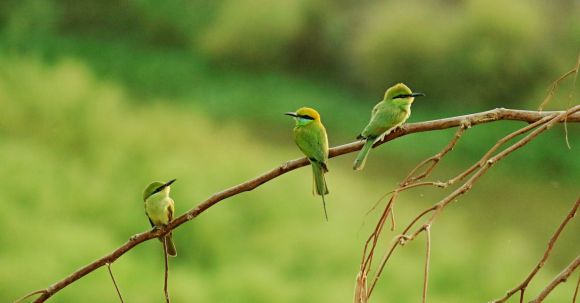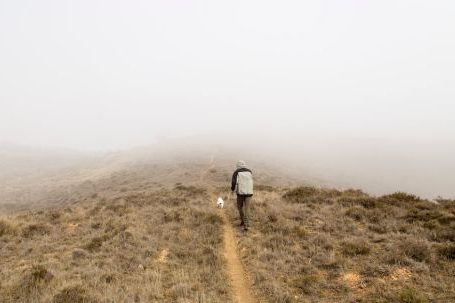In a world facing numerous environmental challenges, the preservation of wildlife has become a pressing concern. With habitats being destroyed, species becoming extinct, and ecosystems collapsing, it is crucial that we take immediate action to protect and conserve our planet’s biodiversity. Thankfully, there are various conservation initiatives that are actively working towards safeguarding wildlife for future generations.
Protecting Habitat: The Key to Wildlife Conservation
One of the primary focuses of conservation initiatives is the protection and restoration of natural habitats. By preserving these habitats, we ensure the survival of countless species that depend on them for their existence. This involves efforts such as establishing protected areas, reforestation projects, and implementing sustainable land-use practices. By safeguarding habitats, we can create a safe haven for wildlife and help maintain the delicate balance of ecosystems.
Combating Illegal Wildlife Trade: A Global Challenge
Illegal wildlife trade poses a significant threat to many species around the world. From elephants hunted for their ivory to pangolins trafficked for their scales, countless animals are being exploited for profit. Conservation initiatives are working tirelessly to combat this illicit trade by strengthening law enforcement, raising awareness, and promoting sustainable alternatives to the use of animal products. By addressing the demand for wildlife products and cracking down on trafficking networks, we can help protect vulnerable species from further harm.
Community-Based Conservation: Involving Local Communities
An essential aspect of successful wildlife conservation is the involvement of local communities. These communities often live in close proximity to wildlife habitats and can play a crucial role in protecting and managing them. Conservation initiatives are working to engage and empower local communities through education, capacity building, and the establishment of community-led conservation initiatives. By involving people who live alongside wildlife, we can foster a sense of ownership and responsibility, ensuring long-term conservation success.
Conservation through Science: Research and Technology
Science and technology have revolutionized the field of wildlife conservation. From satellite tracking to genetic analysis, researchers are using innovative methods to gather critical data about species and their habitats. This information is then used to design effective conservation strategies and prioritize conservation efforts. Conservation initiatives are investing in scientific research to better understand the needs of wildlife and to develop evidence-based solutions for their protection.
Collaboration and Partnerships: A Collective Effort
Conserving wildlife cannot be achieved by a single organization or country alone. It requires collaboration and partnerships on a global scale. Conservation initiatives are working together with governments, non-governmental organizations, local communities, and other stakeholders to pool resources, share knowledge, and coordinate efforts. By fostering these collaborations, we can ensure a more effective and coordinated approach to wildlife conservation.
Conclusion: A Hopeful Future for Wildlife
While the challenges facing wildlife conservation are immense, the collective efforts of conservation initiatives offer hope for a brighter future. By protecting habitats, combating illegal wildlife trade, involving local communities, utilizing science and technology, and fostering collaboration, we can preserve the rich biodiversity of our planet for future generations to enjoy. It is our responsibility to act now and ensure that wildlife thrives, not just for its own sake, but for the health and well-being of our planet as a whole. Together, we can make a difference and create a more sustainable and harmonious world for both humans and wildlife alike.



